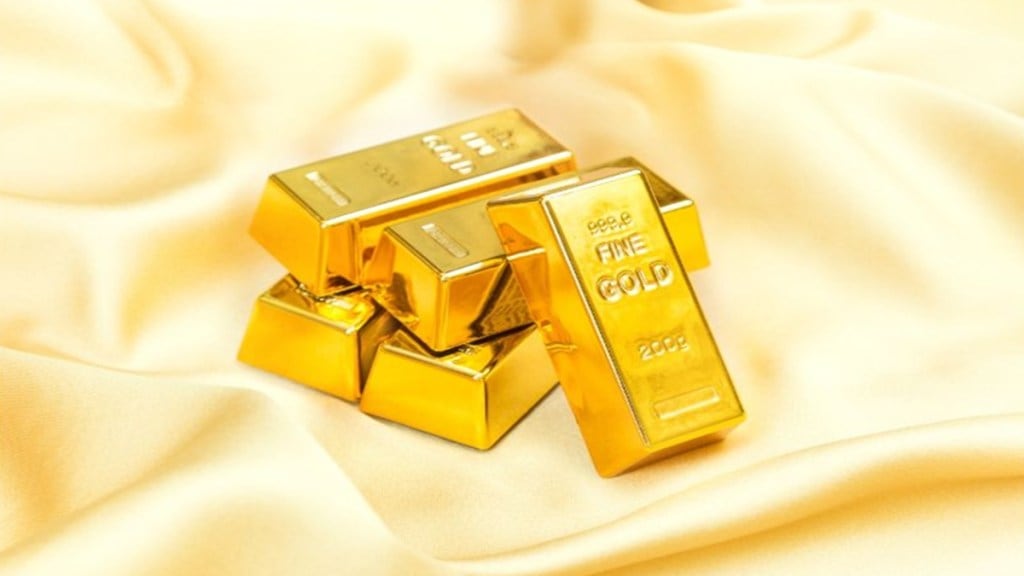India witnessed its weakest third quarter for jewellery consumption since 2020 at 118 tonne, following the surging prices of gold. In the September quarter, jewellery demand was down 31% compared to the year-ago period. In September last year, demand was at a 9-year high of 171.6 tonne.
However, according to the Gold Demand Trend report for the quarter, released on Thursday by the World Gold Council, in rupee terms, the jewellery demand was almost equal to last year’s Rs 1.143 lakh crore.
Gold demand fell 16% by volume in the quarter under review though investment buying surged on the safe-haven appeal, the WGC said. Total investment demand was at 91.6 tonne, up 20%. However, in value terms, it was higher at Rs 88,900 crore.
Indian consumers spent Rs 2 lakh crore in gold in the September quarter alone, higher by 23%, “hinting at inherent resilience, and strongly reaffirms gold’s enduring appeal as a safe-haven asset,” said Sachin Jain, regional CEO, India, World Gold Council, in a note released with the report.
The spending in gold was nearly double the amount spent in the September quarter of 2023, when it stood at Rs 1.08 lakh crore. In the September 2024 quarter, it was Rs 1.65 lakh crore.
The report notes one stress point relating to collateralised loans against gold.
Usually, when gold prices skyrocket, as was seen in previous quarters, selling old gold for cash catches up. In Q32025, sales of old gold were down by 7% to 21.8 tonne, the lowest in the previous eight quarters, despite a significant price rise.
The report said, “We do note caution in India, where a material drop in gold prices could induce forced selling to cover loans collateralised with gold jewellery.”
Consumers, hopeful of a further rally in gold prices, have preferred to raise liquidity by pledging gold jewellery, estimated at least 220 tonne, as collateral for loans, capitalising on high prices.
The report has an explanation for lower sales of old gold. It says buying new jewellery by exchanging old ones remained high. Market players agree with this, saying, “Compared to last year’s average of 35-40% exchange of old jewellery, it increased to 50-55% during Diwali festivals this year.”
Both trends (exchange of old jewellery for new and loan against gold) have resulted in lower volumes of gold being sold, said the WGC report.
Despite all these, demand for gold grew since the last week of September and during Diwali. “Anecdotally, the end of Shradh (a 15-day inauspicious period for gold buying) on September 21 saw a rush of demand, supported by preponement of future demand,” it said.
Exchange of old jewellery for new has resulted in gold imports in the September quarter falling 37% to 194.6 tonne.
In 2024, India’s total consumer demand was 802.8 tonne. “With total gold demand from January to September at approximately 462.4 tonne, we anticipate the full-year demand anywhere between 600 tonnes and 700 tonne, more towards the higher end of the range,” Jain said. It is significantly lower than last year.

